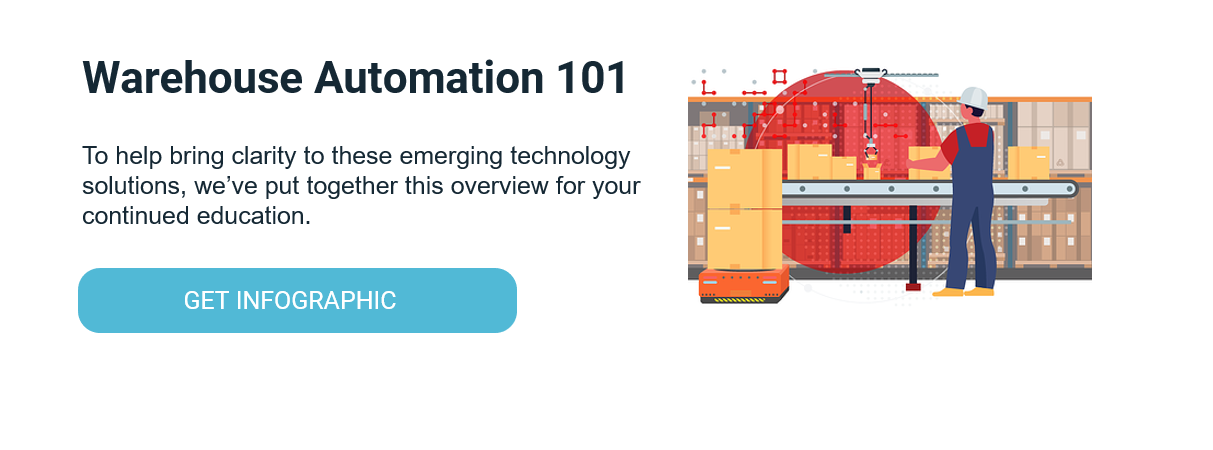Two 800-Pound Gorillas in the Healthcare Supply Chain Room

“If you’ve seen one hospital, you’ve seen one hospital,” admits Hays Waldrop, founder and president of The Institute of Healthcare Executives and Suppliers, The Council of Supply Chain Executives and The Council of Pharmacy Executives and Suppliers. It’s a notable statement from someone who has spent the last two decades sitting at the helm of three healthcare executive councils, weaving together insights from hundreds of leaders and thousands of conversations about healthcare supply chain strategy and tactics.
Nonetheless, together with Bill Denbigh and Cory Turner, Hays was able to draw from those focus groups and candid conversations to shed some light on some best (and worst) practices, emerging trends and the underlying power of collaboration that is quite unique to the healthcare supply chain in Why Does Everyone in Healthcare Supply Chain Know Hays? This latest episode of The Great Supply Chain Podcast was a reminder of both how distinct and how common the challenges of the healthcare supply chain are around the country.
Collaboration is Key
One of the key tenets of Hays’ executive councils is that collaboration is a mighty ally. As he puts it, a veritable cross-section of the industry is “all in the same room together, sharing ideas, learning from each other, talking about best practices, talking about lessons learned. It’s phenomenal to listen to the discussion.” He goes on to explain that large IDNs will learn from small, single-site regional hospitals, and vice versa; that melding healthcare executives from different sized organizations from different corners of the country creates a fascinating forum that forges new insights for everyone involved.
And so, with that collaborative lens, we explore the two 800-pound gorillas of the healthcare supply chain:
Gorilla 1: Labor (Monkey Do)
Hays laments the incredible challenges that healthcare supply chain leaders around the country are having with labor and retention. We discuss wage flares, competition from the food service industry and working outside of title sets.
“All of them are having tremendous workforce issues, and I mean to the point where they can’t move stuff from the dock to the warehouse because there’s nobody there to do it.” – Hays Waldrop
He also notes an interesting subtext to the labor issues: the degradation of culture and its impact on retention. While there are several jobs that require you to be on site, those back-office roles are largely remote and there is a growing resistance to working in a building.
In addressing this gorilla, we discuss the uptick in interest around warehouse automation. Hays breaks down what kinds of health systems are exploring automation technologies, how different types of organizations may benefit differently and where CEOs and executives see real opportunity to invest.
Gorilla 2: Visibility (Monkey See)
Hays contends that leaders across the country would be better stewards of their supply chains if they had the tools and systems in place to have better visibility both up and down chain. Central to this, and a topic of discussion since literally Hays’ first-ever council, is data standardization. We discuss in some depth the value and potential of aligning on standards as a mechanism for logistics improvement.
We also discuss the limitations of data and the reticence of clinical personnel, from the surgeon to the pharmacist, to entrust systems to perform tasks that are perceived to be patient care. It’s a hurdle, says Hays, that supply chain must overcome through cross-departmental collaboration and data-driven insights.
On the topic of visibility, we shifted to supplier diversity and lessons learned from the pandemic.
“Supplier diversity doesn’t solve the problem. The misnomer is that so many people thought, ‘I’ve got three different manufacturers of gowns.’ The problem is all the raw materials came from one city in China. And so, they all were clamoring literally for the exact same product; it was just branded differently by the time it got up here.” – Hays Waldrop
In addressing this gorilla, we navigate the minefields of true supplier diversification, the cost to the bottom line, emergency preparedness tactics undertaken and some IDNs, supply chain strategies around resiliency, and the pressure points that healthcare supply chain executives need to consider. To address visibility is to contemplate the myriad blind spots that exist from raw material to end user and what tools we need to equip ourselves with to shine a light on as many of those dark links in the chain as possible.
Over the next 18 to 24 months, Hays believes that the pressure will ramp up for healthcare supply chain leaders to design new strategies to address the weak links exposed over the past 18 to 24 months, as the tolerance for loose purse strings wanes. As you’ll hear in the full exchange in this episode of the podcast, Hays offers up some thoughtful exercises and tactics that healthcare supply chain leaders can explore to cut out the monkey business in their operations.




